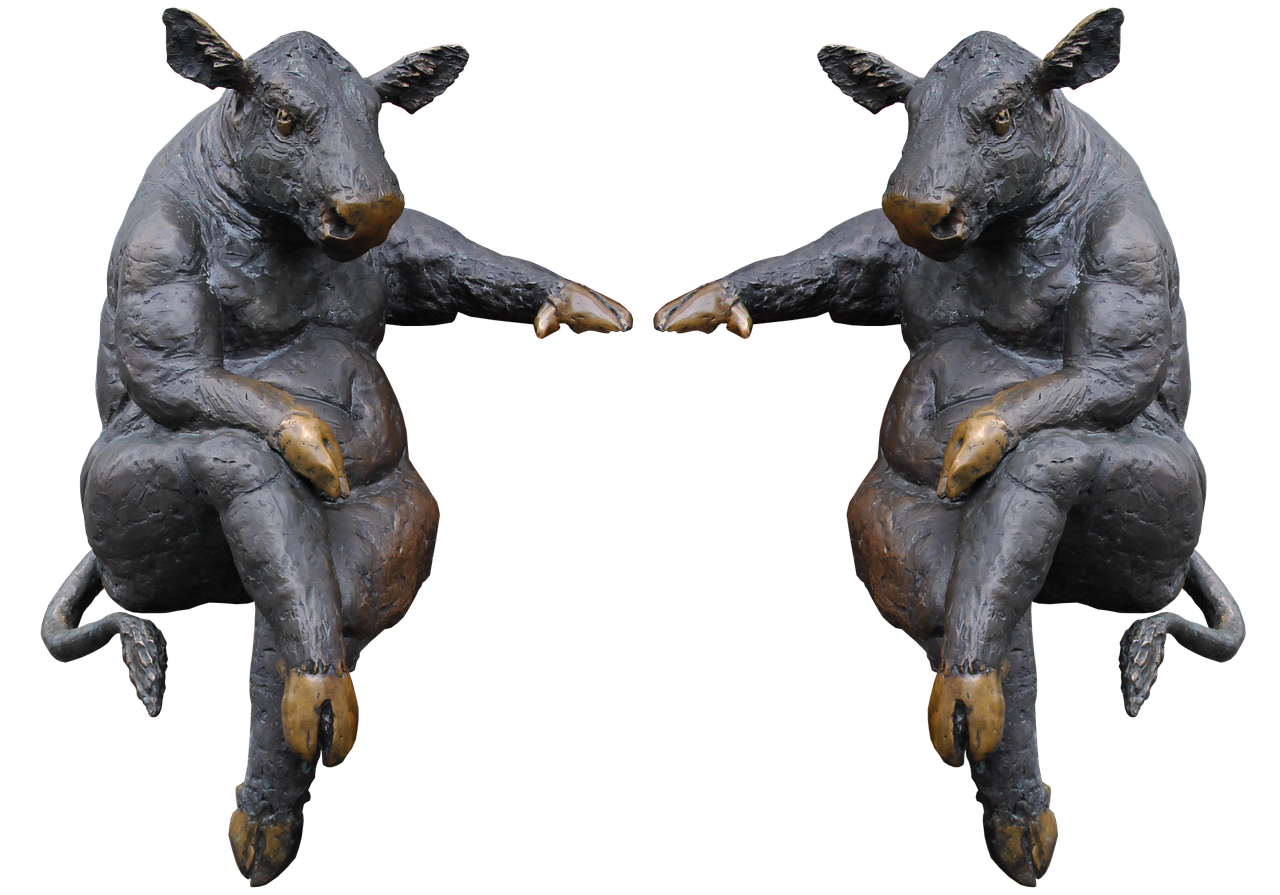Teamwork Makes Cream Work as Vermont Becomes First Bird Flu-Free State in NE
In a decisive move to protect its $2 billion dairy industry, Vermont has become the first state in New England to earn a USDA declaration of “unaffected” status for Highly Pathogenic Avian Influenza (HPAI) in dairy cattle—a milestone achieved through the unprecedented step of testing every single one of its 411 Grade A dairy farms.
Rather than relying on sampling methods like many other states, Vermont’s Agency of Agriculture, Food and Markets (VAAFM) carried out comprehensive, on-site testing at 100% of eligible farms. The result? Not a single positive HPAI detection—and a market advantage that may prove as valuable as any federal grant.
“This program was built by Vermonters for Vermonters, to protect our dairy producers and give confidence to buyers,” said E.B. Flory, Dairy Section Chief at VAAFM. “It’s about showing—not just saying—that our milk is safe.”
Full Coverage, Zero Guesswork
Beginning January 2, 2025, Vermont officials visited all 411 Grade A farms to collect bulk tank milk samples, with USDA funding covering the cost. The scope and speed of the effort outpaced national guidelines, allowing Vermont to leap ahead in the USDA’s National Milk Testing Strategy—a five-stage federal framework guiding HPAI surveillance across the country.
By executing just one thorough round of statewide testing, Vermont satisfied the USDA’s criteria for "unaffected" status, reaching Stage 4 in the national strategy months before most states will complete Stage 2.
Artisan Cheese Sector: Voluntary Testing, Serious Gains
Beyond traditional dairy farms, Vermont’s raw milk cheese producers took voluntary precautions of their own. Recognizing concerns that the HPAI virus could survive the 60-day aging process in raw milk cheese, all of Vermont’s producers opted into a weekly testing program to verify that source milk was virus-free before production.
This early, collective action protected more than $80 million in annual artisan cheese sales and may have set a new national precedent for specialty dairy sectors.
“Every raw milk cheese producer signed up,” said Flory. “That kind of cooperation says a lot about our producers’ commitment to safety and quality.”
Federal-State Collaboration: A Model Worth Replicating
Vermont’s success wasn’t just about aggressive testing—it was about coordination. The USDA supplied the framework and funding. Vermont supplied the drive and execution.
While other states have waited to implement testing or relied on sampling methods, Vermont showed how federal support can be leveraged to achieve full surveillance and build consumer confidence.
The strategy worked because it wasn’t one-size-fits-all. Instead, it adapted to the unique risks and markets within the state, from high-volume fluid milk operations to boutique cheese makers.
What This Means for the Marketplace
In the wake of national concern about HPAI spreading from wild birds to dairy cattle, buyers are demanding transparency and safety assurances. Vermont now has the data—and the USDA declaration—to prove its supply is unaffected. That could open markets and prevent costly disruptions that other states may still face.
But this isn’t a one-time fix. Continued testing, monitoring of wild bird populations, and strict biosecurity measures will be needed to maintain Vermont’s edge.
The Takeaway
Vermont didn’t wait for a crisis. It acted early, covered every farm, and brought its producers with it. The result is more than regulatory compliance—it’s strategic positioning in a sensitive marketplace.
For other states, the lesson is clear: meeting the minimum isn’t enough when the stakes are this high.


